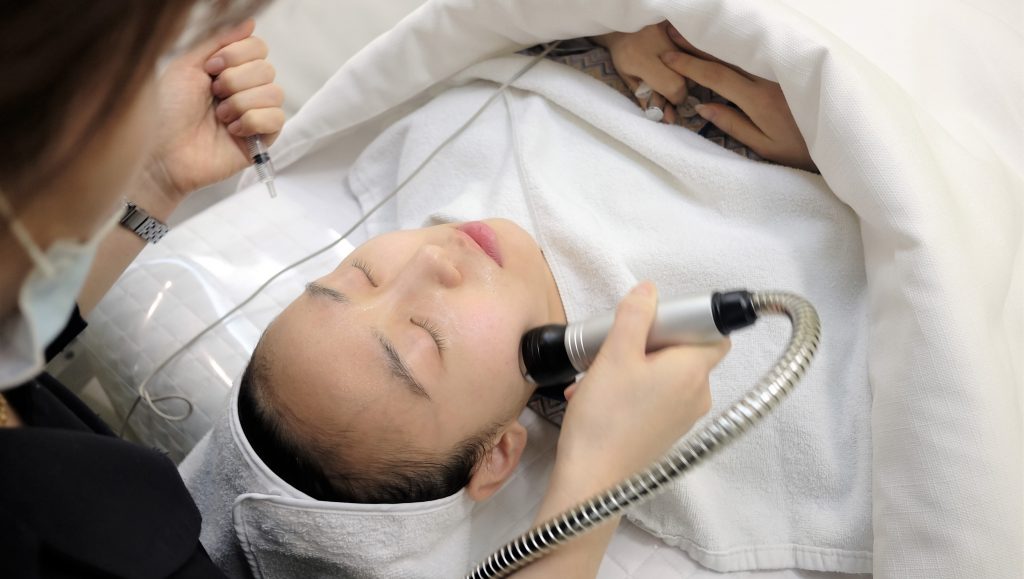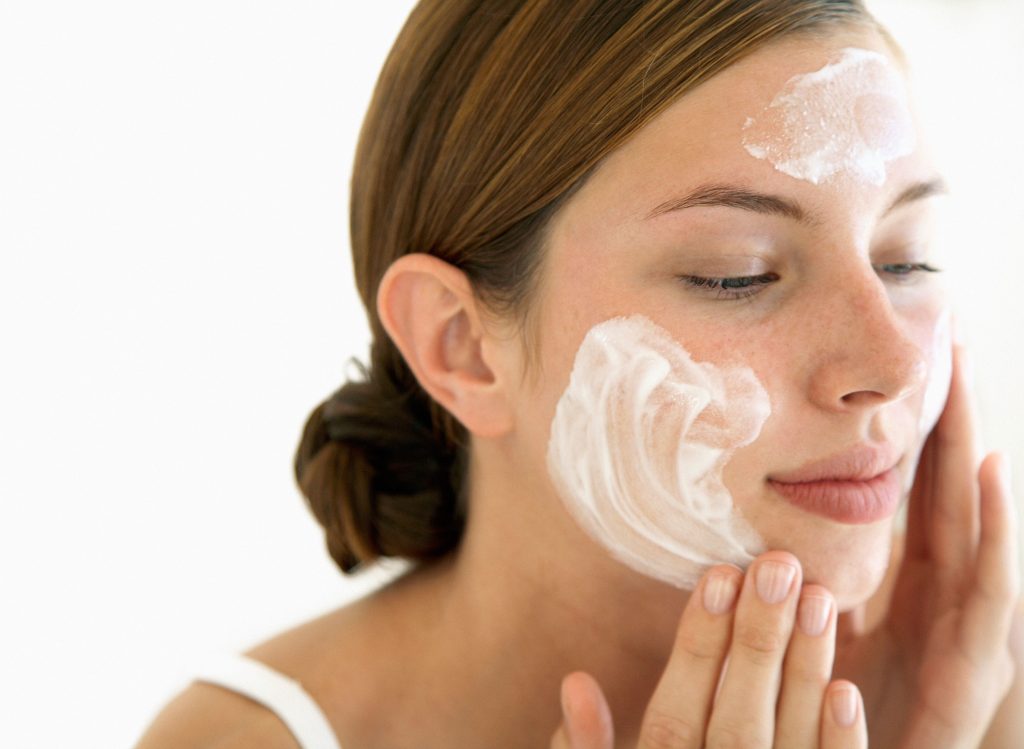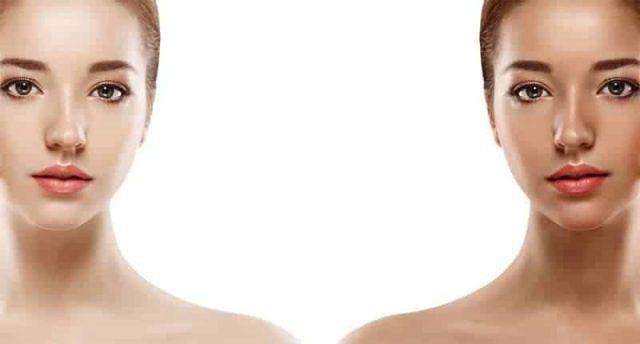Gewa Lin, a goodlooking young woman in her early twenties gets compliments often for her smooth flawless skin. But she is not happy with the colour of her skin. She says, “I want to have white skin like the Europeans and I am using many creams to be white-skinned. I am eagerly waiting to be light-coloured”. Gewa is not alone. Asians spend an estimated $18 billion a year to appear pale.
“Asians like white skin and some even believe that white is right,” said Dr.P. Parthsarthi, a dermatologist at a Government Hospital in India, who sees about 25 patients a day.
Outside his clinic, middle-aged chalky-skinned women sit patiently awaiting treatments that cost $300 to $500 per session. They are there to take pills that Parthsarthi says will help their skin turn white. Doctors in several Asian countries also use lasers, creams, surgeries and other means to lighten skin.

There is a clear preference in Asian (mostly East Asian) societies for fair, unblemished skin. To most Asians, light skin equals beauty. China in particular has several old sayings which associate fair skin with desirability. One example says: ‘white, fortuitous, and beautiful’. That is the standard for female beauty”. Another old Chinese saying says, “One’s whiteness can cover three kinds of ugliness.” These sayings emphasize that having fair skin can ‘cover up’ one’s shortcomings. With respect to women, these sayings lead many to believe that if a woman has a white complexion, she will be considered beautiful and desirable. A landmark US study in 2011 found that light-skinned black women receive shorter prison sentences than dark-skinned black women. In 2015, another study found that white interviewers regarded light-skinned black and Hispanic job applicants as more intelligent than darker-skinned interviewees with the same qualifications. One can see a variety of advertisements in Asian countries for expensive beauty products; the vast majority advertises whitening skin care regimens. These advertisements are not just limited to female audience. Whitening products are also being marketed to men though to a lesser degree compared to women. Until the mid-2000s, deodorants and shaving creams were the only grooming products advertised for men. But India’s largest consumer goods companies sensed an opportunity, and launched a slew of fairness products for male consumers. Hindustan Unilever (HUL), the Indian arm of the Dutch-British conglomerate, has been selling Fair & Lovely cream for men since the late 2000s.
According to The Guardian, UK, in 2017, the global skin-lightening industry was worth $4.8 billion, and it is projected to grow to $8.9 billion by 2027, fuelled by a growing middle class in the Asia-Pacific region. Skin-lightening products include creams, scrubs, pills and even injections designed to slow the production of melanin. Many of these are created by pharmaceutical giants such as Unilever, Proctor and Gamble and L’Oreal and come with massive marketing budgets. L’Oréal-owned Garnier’s portfolio is more diversified but a number of its products also promise skin whitening, such as the Power White face wash, the Acno Fight day cream, Intense Fresh face wash, and the Power Light range of face wash and moisturizers. Five of its eight products offer a fairness effect, according to information available on the company’s website. A World Health Organization study found that 40% of Chinese women regularly use skin-lightening creams. That number is 61% in India and 77% in Nigeria. The quest for whiter skin, a controversial topic in the Western world, shows no signs of abating across large swaths of Asia. Whitening creams account for half of the $320 million Thai market for facial creams, according to research firm Nielsen.
Nydia Lin, a senior executive in Taiwan for Japanese cosmetics giant Shisedo, said as many as 50 % of Taiwanese women and a growing number of men as well, are paying big money to medically alter their golden exteriors. “We promote the idea of whitening. Especially in Taiwan we see many beautiful idols on TV and they are all focused on their whitening skin.” According to a 2004 study by global marketing firm Synovate, nearly 40 percent of women in Taiwan, Hong Kong, South Korea, Malaysia and the Philippines used skin whitening and lightening products that year.
There has been a historic correlation between economic status and skin colour that lead to the development of a variety of treatments in order to correct an “undesirable” dark skin tone. Historically, a person’s skin color has been a clear indicator of economic and social status. As early as pre-Qin China, there has been an association between one’s wealth and one’s skin colour. Farm labourers who made a living by working in the sun were easily distinguishable from the Chinese upper class by their skin tone: farm labourers were darkened by the sun while the nobility were able to stay indoors and avoid sun damage. The same skin-whitening phenomenon occurred in the west during the 17th and 18th centuries. Aristocrats at the time used a dangerous bleaching product, lead oxide, in order to differentiate themselves from the lower class labourers.

On YouTube, skin-lightening videos regularly accrue several million views, with the most popular being those from vloggers who focus on the use of products with natural or natural-sounding ingredients, either made at home or created by pharmaceutical companies. “I would never, ever recommend harsh whitening products,” says Singapore-based Jyoti Singh, a beauty blogger from India whose skin-lightening clips regularly attract millions of views. “People have a desperate need to be whiter faster, so any recommendations can cause side-effects if used in excess or wrongly. So, I only share natural remedies that are safer.”
Skin lightening creams can contain harmful chemicals that are not always regulated by local governments. ‘Skin whitening can be dangerous for the loss of melanin’ say most dermatologists. Niacinamide, one of the most common ingredients found in skin-lightening creams, inhibits the transfer of melanin from cells to the skins surface. Hydroquinone, a chemical that inhibits melanin production, is the most harmful. While it does work in lightening skin, use of hydroquinone causes exogenous ochronosis, a skin condition which results in bruise-like hyper-pigmentation. It is banned by the European Union since 2001. “The chances of skin damage and skin cancer increase, so one should avoid using whitening creams, gels, etc.,” said Dr. Ernesto Gonzalez, director of international dermatology training at Boston’s Massachusetts General Hospital.










